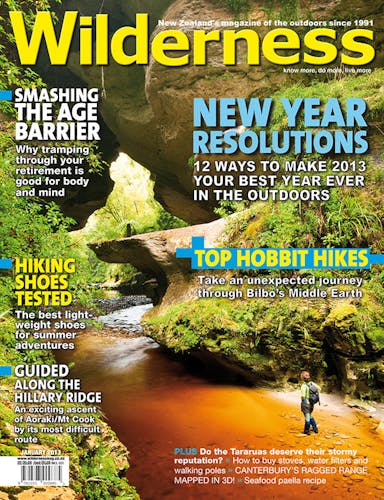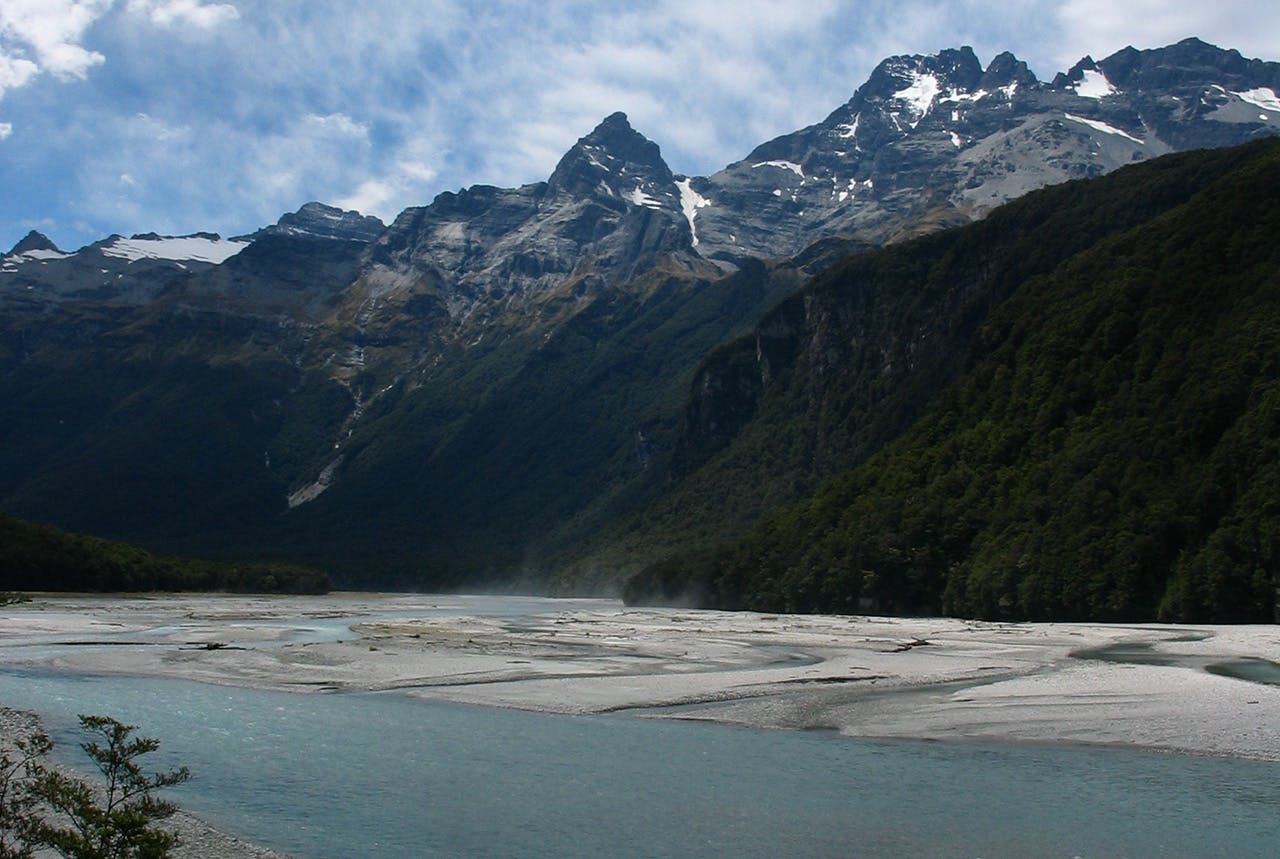Public conservation lands can be unique incubators for innovation
Almost every Kiwi knows that Bill Hamilton invented the jet boat engine and how this farmer turned engineer living on a high country station in the Tekapo region transformed boating around the world. Nearly 60 years on and Hamilton Jet remains an industry leader, exporting engines around the world from its Christchurch facility with a team of 300 people.
But can Bill Hamilton lay sole claim to this invention?
He was obsessed with water propulsion and worked many nights and spent many dollars perfecting his design> But would the Hamilton Jet exist if the braided rivers of Canterbury, with their unpredictable shallows and ever changing courses, had not?
Certainly no such design emerged from the banks of the Thames or the Avon.
Perhaps the same applies for Jan Cameron, founder of Alp Sports, Kathmandu, and now involved with Macpac. Could she have developed the range of gear and retail outlets that have made her one of our wealthiest citizens if this country’s wilderness was not literally on the back door?
In the 1990s, when I was designing equipment for Fairydown and Hallmark, we often thought that some of the best outdoor gear on the planet was coming out of the New Zealand. And it wasn’t because we were the best designers in the world. Not even close.
Our collective gear was great because of the mountains of scree, gnarly forests, volatility of the weather and fantastic multi-week adventures where we could thrash various prototypes. Only those features that really performed, that didn’t blow apart, would make the cut.
It’s hard to imagine that Peter Jackson’s vision for Lord of the Rings and The Hobbit could have been so compelling if this country’s spectacular places hadn’t been in his sights and his heart. It was our public conservation lands that defined Jackson’s vision of Middle Earth and with it drew millions of people (and dollars) to the box office and this country.
It seems there’s something about this country that lets us act and think a little differently.
So why, as you camp on some beach or hidden valley on your summer break, does all this matter?
Well, for starters, once we’re back into the day-to-day the debate’s going to continue as to how New Zealand Inc can afford to look after its people and the environment, and how public conservation lands should be used to support this.
Listen to mining interests – such as one Australian company wanting to mine the ecologically unique Denniston Plateau – and you’ll hear of untapped wealth waiting to be excavated. Tourism interests will discuss development in terms of increasing visitor numbers and broadening the types of experiences on offer – such as a monorail that requires a 29km road be built through a World Heritage Area. Without such development we’re told this country will just have to be ‘pretty, but poor’.
And then there’s the ecosystem services argument that values the water, carbon sequestration and biodiversity that’s stored in public conservation lands, and which is a vital ingredient for farming. For example, it’s the rain that falls in the mountains that irrigate the pastures that produce much of this country’s dairy products.
Currently Steven Joyce, Minister of Business, Innovation and Employment, is asking the country to identify what should be its key science challenges. Sir Peter Gluckman, the Prime Minister’s science advisor, considers much of this country’s future prosperity will come out of our science labs. This may be so, but I can’t help thinking that one of our best experimental labs is found in our public conservation lands – and the challenges this unique environment sets for the Bill Hamilton’s of this nation.
This country is like no other. It is unique, and it’s this that makes us unique – not the other way around. It’s the special qualities of our backcountry that has allowed innovations and ideas like jet boats, hobbits and great outdoor gear to flourish here. And why if we cherish them it’s so hard for other countries to imitate them. Look at Jeremy Moon’s Icebreaker to see how it’s done.
Public conservation lands can be our Silicon Valley.
While the 1950s may have been about jet boat engines, it’s conservation, experiencing nature and communication that drives our current relationships with New Zealand’s unique environments.
Here, I think of the potential of pest eradication and the self-setting trap that the people at Good Nature have been inventing. Of how we could be developing the world’s most sought-after ‘all-terrain’ footwear brand or mobile apps that engage people with our special places before rolling out, for instance, the Yosemite, Snowdon and Kakadu versions. Then there’s outdoor equipment, clothing, remote hut design, outdoor navigation systems and state of the art visitor centres we could be known for the world over.
And that’s just a small slice of what’s possible. Digital hardware and software opportunities abound, especially around location-awareness. There are opportunities for DOC, the Ministry of Business, Innovation and Employment, and business to collaborate.
Perhaps in the process we might achieve both DOC director general Al Morrison’ goal of ‘Conservation for Prosperity’ and Business New Zealand’s Phil O’Reilly’s push for ‘green growth’ – where we mine the outdoors for innovative products and services rather than minerals.
Which is another reason to think of these things over the holiday season. For it’s likely that out of different conservation projects, guiding jobs, and epic trips people are having this summer, there will be many more great ideas and inventions taking shape.
Inventions, like the Hamilton Jet, that will be world-beaters because, quite simply, they are made of New Zealand.








